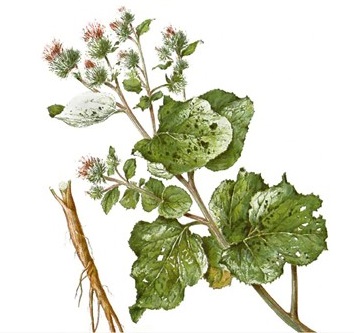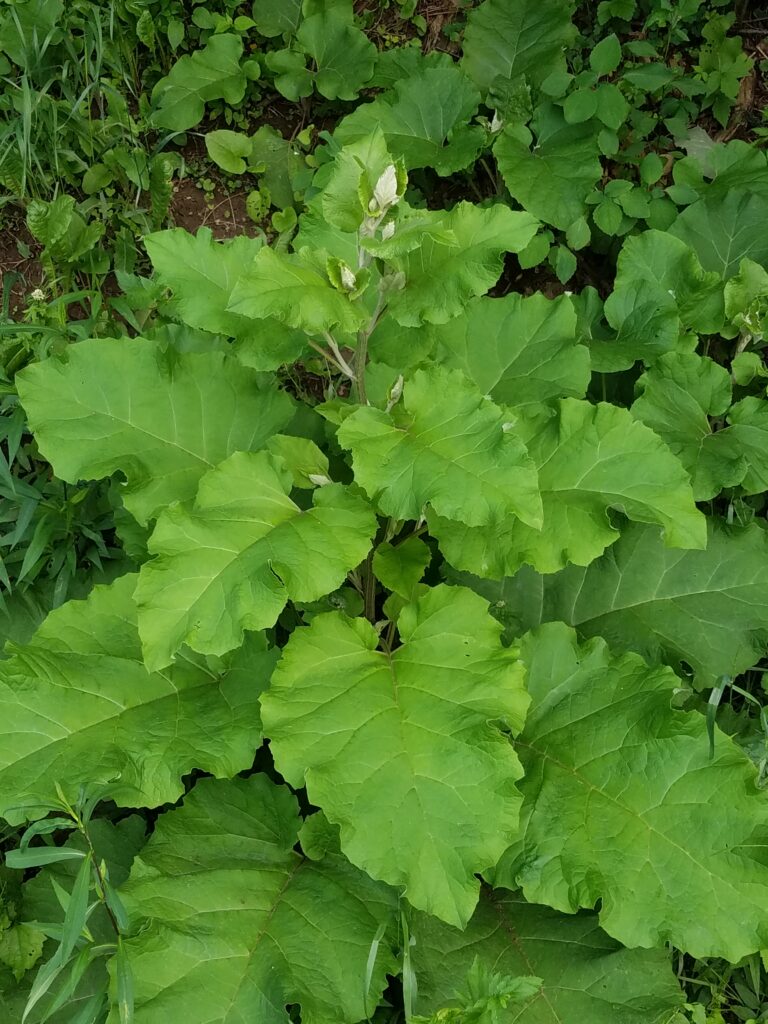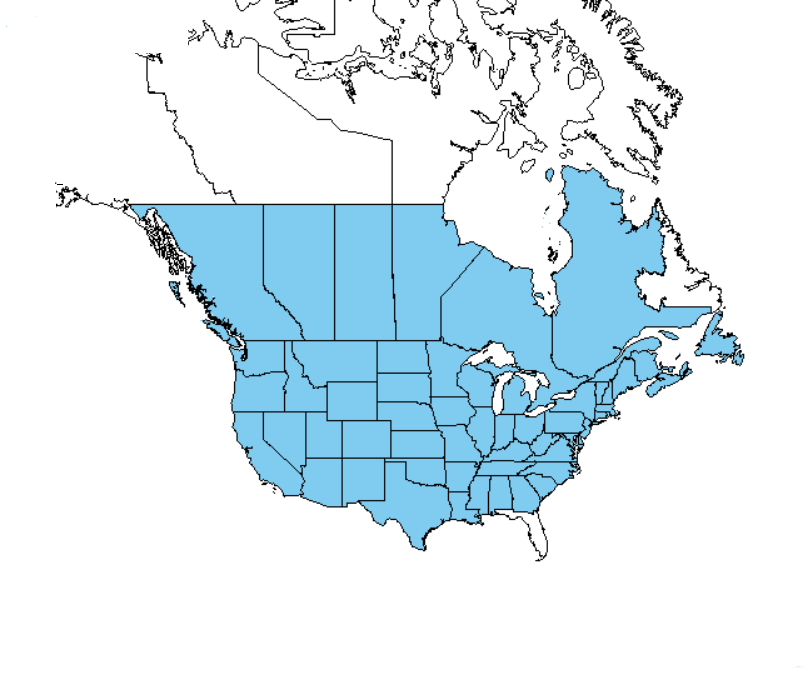Elderberry – Wild Edible
Elderberry is a native shrub like plant that attracts birds, butterflies and wildlife. It is a prolific plant that can reproduce from seeds, sprouts, planted branches, and root suckers. It does require stratification at 36-40 degrees F for two months for spring planting.
Common Names
Arizona elderberry, American elder, sweet elder, wild elder, flor sauco, tree of music, Danewort, Walewort, New Mexican elderberry, velvet-leaf elder, hairy blue elderberry, and dwarf elder.
Description
Elderberry is a shrub like plant that grows 10 ft- to 15 ft tall.
The plant’s compound leaves are set oppositely in pairs. The leaf surface is bright green. They are oval to lance-shaped leaflets are up to 6″ long and 2 1/2″ wide and have finely serrated margins. They are abruptly narrowed at the tip and lopsidedly narrowed or rounded at the base. Leaflets are usually held on short stalks.
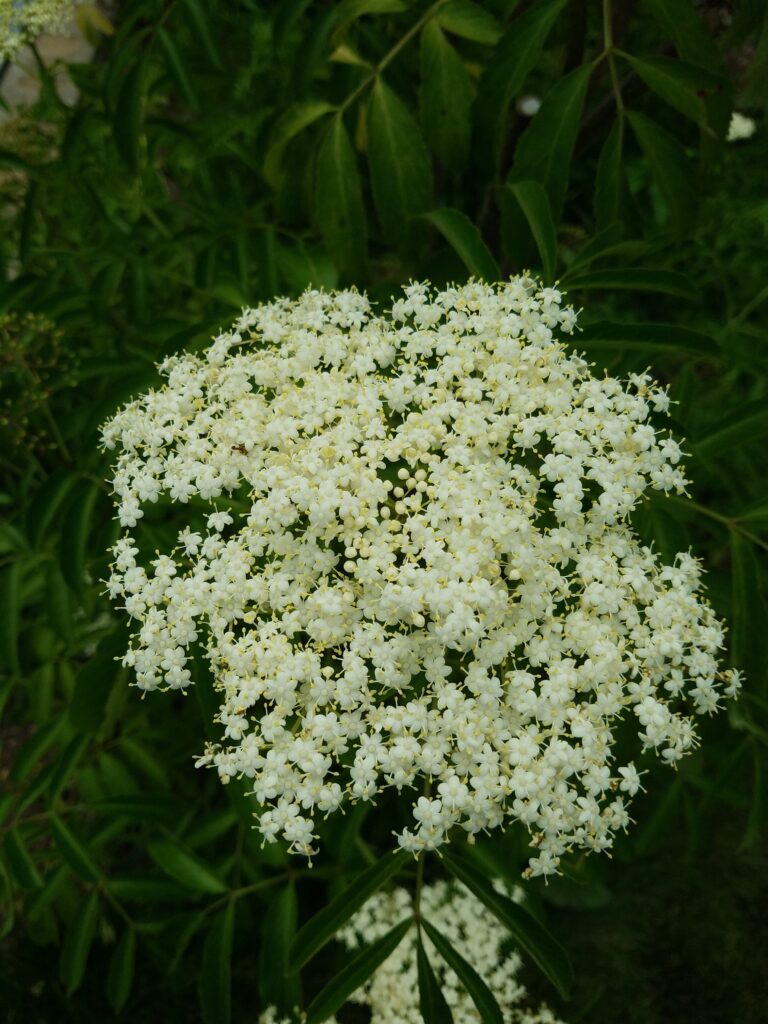
Flowers open in early summer as small white, roughly ¼ inch each, flowers borne in large, flattened clusters measuring 4″-10″ across. Flowers usually develop in the second year on older canes and are arranged in branched clusters of 5.
Purple-black round fruit appear in late summer and fall. Individual berries are less than 1/4″ across grouped in large clusters. Each berry contains 3-5 small seeds.
Range & Habitat
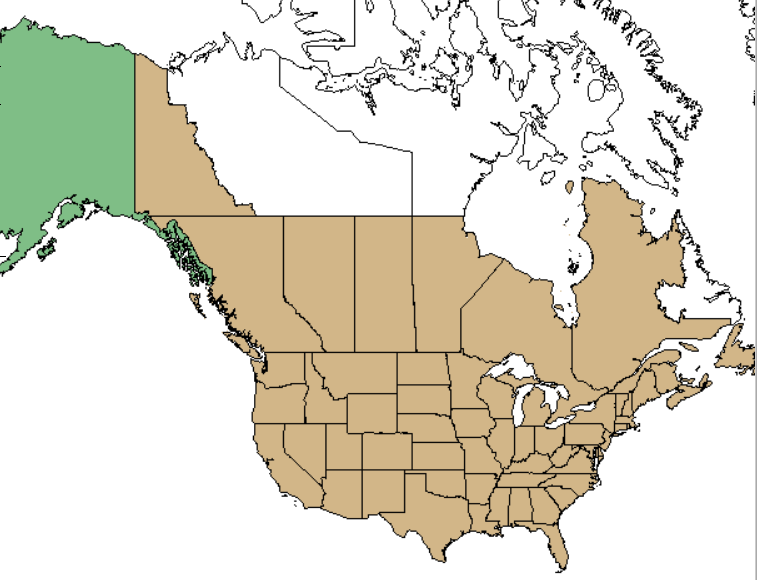
As the map indicates, some form of elderberry can be found throughout the US and Canada – from California and all western states, south into northwest Mexico, north to Canada and to the North American east coast.
Elderberry grows on moist, well-drained sunny sites, usually occurring in groupings in moist areas and moist areas within drier, more open habitat. You can find them around streams, open areas with access to moisture.
American elderberry prefers slightly acid soil bordering streams, and in the adjacent bottomlands. It likes full sunlight.
Harvest
Elderberry fruit normally matures between mid-August and mid-September and turn a dark purple when fully ripe.
The easiest way to harvest elderberries is to use scissors to snip the entire cluster from the shrub and then remove the berries from the cluster.
The annual average yield per plant is 12 lbs. -15 lbs.
Storage Refrigerate immediately after harvesting or freeze for later use.
Edible
Elderberries right off the bush are usually tart. You should not each too much raw though
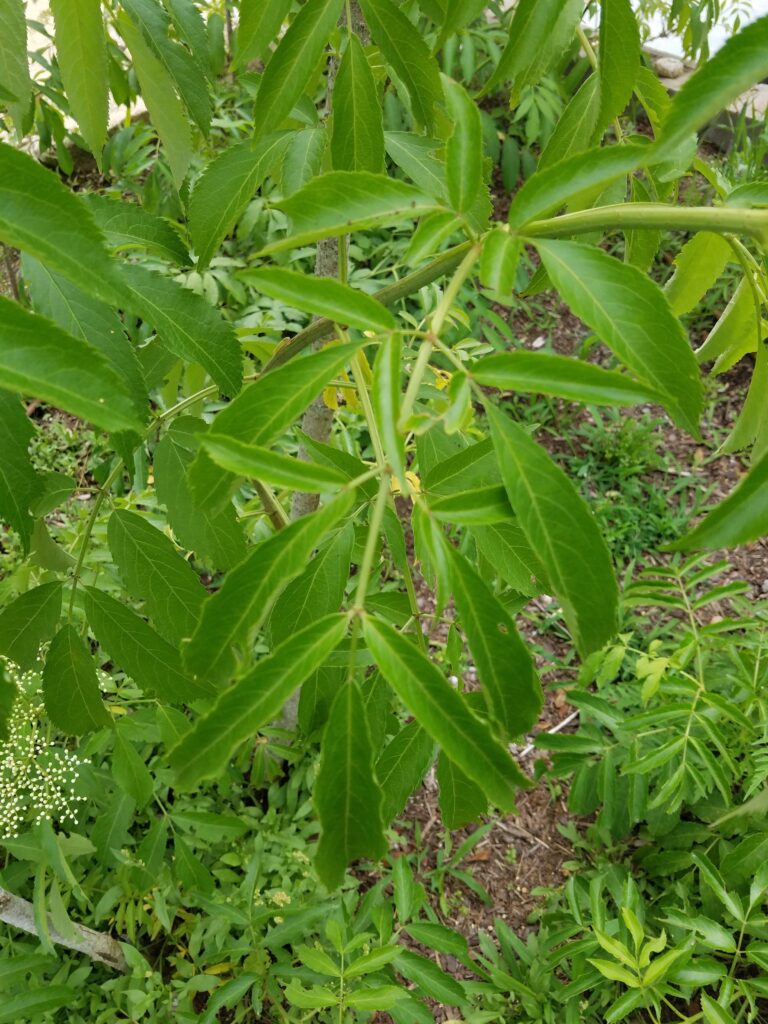
The berries are gathered and made into elderberry wine, jam, syrup, and pies.
The entire flower cluster can be dipped in batter and fried while petals can be eaten raw or made into a fragrant and tasty tea.
The flowers add an aromatic flavor and lightness to pancakes or fritters.
Interesting Facts
At least 50 species of songbirds, upland game birds, and small mammals eat the fruit of American elder during summer and early fall as do the White-tailed deer that browse the twigs, foliage and fruit during the summer.
American elder is a nesting cover for small birds.
American elder can be used for erosion control on moist sites. It pioneers on some strip-mine spoils and may occasionally be useful for reclamation planting.
Elders can be propagated from 10” to 18” hardwood cuttings taken from vigorous one-year-old canes in which cane each must include three sets of buds.
Edible berries and flower are used for medicine, dyes for basketry, arrow shafts, flute, whistles, clapper sticks, and folk medicine.
Elderberries are high in Vitamin C.
The wood is hard and has been used for combs, spindles, and pegs, and the hollow stems have been fashioned into flutes and blowguns.
Elderberry branches were used to make the shaft of arrows.
Birds and other animals disperse seeds as they poop them out after feasting on the fruit. There are about 230,000 seeds per pound.
There are several look alikes you should be careful of. The first is pokeweed, the second is devil’s walking stick and the third is poison hemlock. Learn to identify the differences – especially poison hemlock since eating that by accident will kill you.
